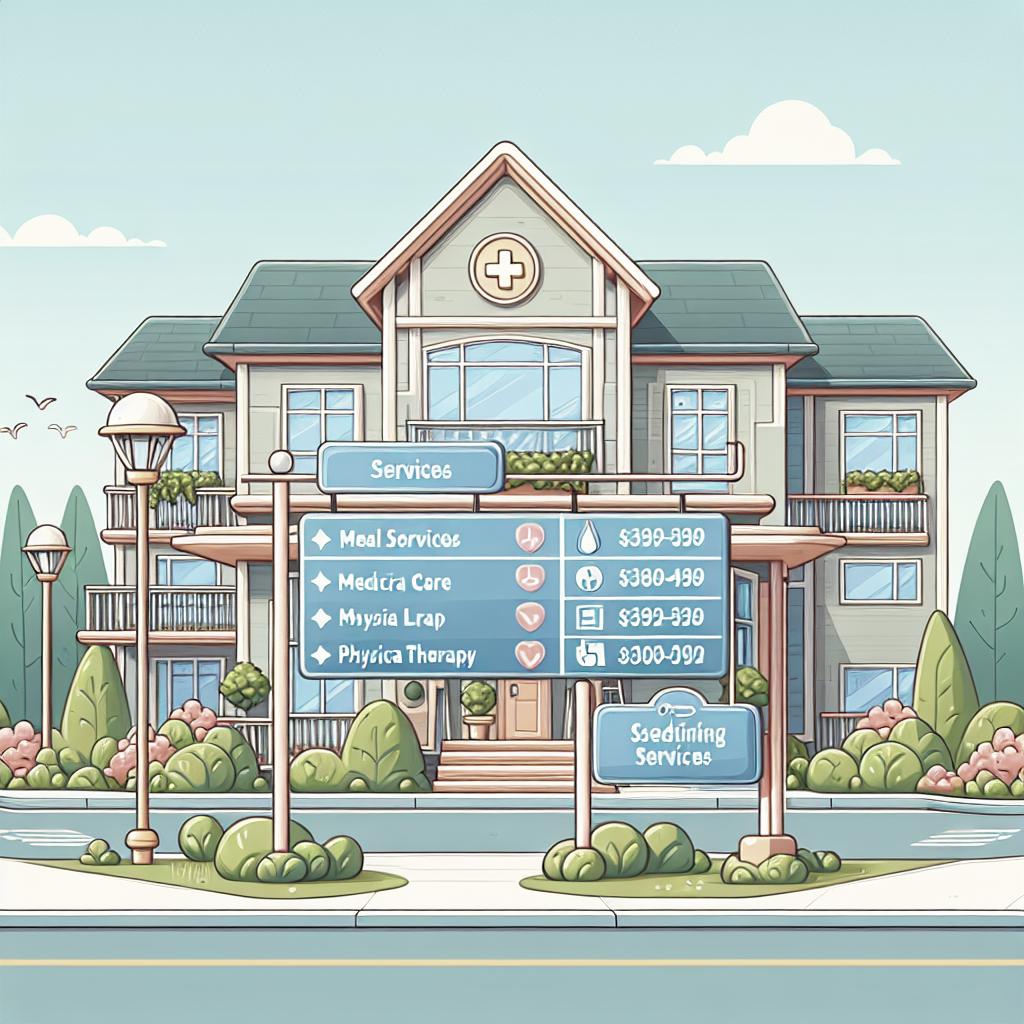<>
— Choosing the right assisted living facility for your loved ones can be a daunting task. With so many options and considerations, it’s essential to be well-informed to make the best decision. This blog post will guide you through various resources, tips, and strategies to help you choose the most suitable assisted living facility. We’ll cover how to find facilities near you, understand potential survey results, learn about your rights, get more support as a caregiver, and more. By the end of this article, you’ll be well-equipped with the knowledge needed to make an informed choice. ###
Assisted living facility resources
When it comes to choosing an assisted living facility, harnessing various resources can make the process less overwhelming. The first resource to consider is the local Area Agency on Aging (AAA). These agencies can provide extensive information on the different types of facilities, their specializations, and any state-level regulations that apply. Online platforms such as A Place for Mom or Caring.com offer searchable databases of assisted living facilities. These websites often feature reviews from residents and their families, providing valuable firsthand insights into the quality of care and living conditions of different facilities. Additionally, websites like Medicare.gov offer tools and guides on how to evaluate healthcare providers, including assisted living facilities. ###
Find assisted living facilities near me
Locating nearby assisted living facilities is easier than ever, thanks to digital tools and local directories. Using search engines and mapping services like Google Maps can quickly provide a list of facilities in your area. Search terms like “assisted living facilities near me” can yield a variety of options along with ratings, reviews, and location details. In addition to online searches, local community centers, libraries, and hospitals often have directories of nearby assisted living facilities. Many communities have senior resource centers that offer brochures and even host events where you can meet representatives from different facilities. These resources can be especially useful for getting a sense of the local options and their reputations. ###
View assisted living facility survey results
Survey results can be an invaluable resource when evaluating different assisted living facilities. These surveys are typically conducted by state health departments or independent organizations and assess various aspects of care, safety, and resident satisfaction. Facilities are often scored on criteria such as staff responsiveness, cleanliness, and the quality of meals provided. To access these survey results, start by visiting the website of your state’s health department. Many states publish survey outcomes online, making it easier to compare facilities. Additionally, third-party review sites sometimes aggregate these results alongside personal reviews, providing a comprehensive view of each facility’s strengths and weaknesses. ###
Learn about my rights and/or file a complaint
Knowing your rights is crucial when selecting an assisted living facility. Residents have the right to dignified, respectful, and non-discriminatory care. They should have access to regular medical examinations and should be allowed to participate in decisions about their care. The National Center for Assisted Living (NCAL) provides extensive resources to inform residents and their families of their rights. If you encounter issues at an assisted living facility, it’s important to know how to address them. Most states have an ombudsman program that assists in resolving complaints. You can typically file a complaint through your state’s health department website or by contacting the local ombudsman directly. Having clear documentation and specific details about the issue can facilitate a quicker resolution. ###
Get more help as a caregiver
Being a caregiver can be both rewarding and challenging, and it’s crucial to seek out support when needed. Support groups, whether in-person or online, offer a platform to share experiences and gain advice. Websites like the Family Caregiver Alliance and AARP provide valuable resources, including articles, webinars, and forums specifically for caregivers. Professional support services, such as respite care, can also be invaluable. Respite care offers temporary relief for caregivers, allowing them to take a break while ensuring their loved ones are still receiving quality care. Local non-profits and community centers often provide information on accessible respite care options. ###
Glossary
Understanding the terminology used in the field of assisted living is crucial for making informed decisions. Here are a few key terms: Activities of Daily Living (ADLs) : Basic self-care tasks such as eating, bathing, dressing, and grooming. Instrumental Activities of Daily Living (IADLs) : More complex activities related to independent living, such as managing medications, cooking, and housekeeping. Respite Care : Short-term temporary care that gives caregivers a break from their daily routine of caregiving. Ombudsman : An official appointed to investigate individuals’ complaints against maladministration, especially that of public authorities. ###
Range of assisted living services
Assisted living facilities offer a variety of services tailored to meet the specific needs of their residents. Typically, these services include assistance with activities of daily living (ADLs) such as bathing, dressing, and eating. Many institutions also provide medical monitoring, medication management, and rehabilitation services. Additionally, assisted living facilities often offer social and recreational activities designed to promote engagement and mental well-being among residents. These can range from exercise classes and hobby groups to cultural outings and educational workshops. The goal is to create a vibrant community where residents can enjoy a high quality of life while receiving the support they need. ### Lessons learned Choosing an assisted living facility is a critical decision that requires thorough research and consideration. Below is a summary table to help you remember the main points covered in this blog post: “`
| Category | Key Points |
|---|---|
| Assisted living facility resources | Utilize local agencies, online platforms like A Place for Mom, and Medicare.gov for comprehensive information. |
| Find assisted living facilities near me | Leverage search engines, maps, community centers, and senior resource centers to locate facilities. |
| View assisted living facility survey results | Access state health department websites and third-party review sites for evaluations and resident feedback. |
| Learn about my rights and/or file a complaint | Understand resident rights through NCAL and file complaints via state health departments or ombudsman programs. |
| Get more help as a caregiver | Join support groups, utilize caregiver resources from Family Caregiver Alliance and AARP, and consider respite care. |
| Glossary | Familiarize yourself with key terms like ADLs, IADLs, respite care, and ombudsman. |
| Range of assisted living services | Consider facilities offering ADL assistance, medical services, and diverse social activities. |
“` Understanding these aspects can help you make an informed and confident decision when selecting an assisted living facility for your loved one.


